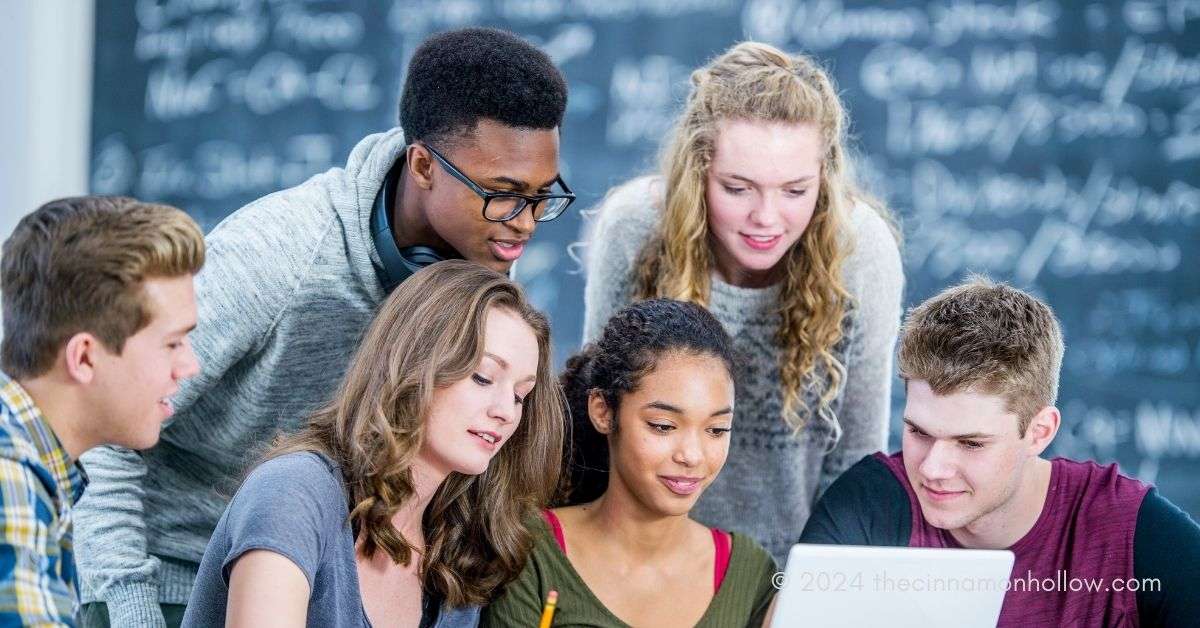Engaging students in the classroom is one of the most important and often challenging aspects of teaching. When students are engaged, they are more attentive, retain information better, and have an overall more positive attitude toward learning. There are many techniques teachers can utilize to actively involve students and make lessons more dynamic and memorable. Today, we will explore strategies in several key areas that can dramatically improve student participation and interest.
Group Discussions
One highly effective way to get students engaged is through small group discussions. Breaking the class into groups of 3-5 students and giving them a topic or question to discuss gets them interacting with their peers. The teacher can float around the room listening to the conversations, ensuring students stay on task, and assisting any groups that need help. Group discussions allow multiple perspectives to be shared and help students learn from each other.
Presentations
One way for teachers to actively engage students is through fast-paced, visually-driven presentations. An effective format is a Pecha Kucha, where twenty slides are shown for 20 seconds each to create a high-energy, focused talk. Teachers can use Pecha Kucha presentations to introduce new topics, highlight key ideas, or recap previous lessons. The concise pecha kucha format keeps students tuned in, as each slide is only shown briefly before advancing. The visually-driven Pecha Kucha style appeals to various learning styles and is more dynamic than lecturing or static slides alone. Preparing Pecha Kucha presentations requires effort from teachers but results in impactful talks that grab students attention and deliver information in a memorable way.
Hands-On Activities
Actively involving students through hands-on learning experiences is an excellent way to get them engaged. Science and math classes especially benefit from experiments, building things, and manipulating objects. For example, in a physics class studying gravity, students could design and operate model roller coasters. Tactile, interactive activities stick in students’ minds much more than purely lecture-based lessons.
Response Systems
Classroom response systems allow teachers to poll students and get instant feedback on comprehension. Popular platforms like Kahoot enable quizzes and games that students respond to in real-time with their mobile devices. The competitive nature of games engages students, while the anonymous polling features encourage participation from everyone. Response systems provide valuable insight for teachers into areas that need further explanation while keeping students mentally active.
Real-World Connections
Students are more engaged when they can see the real-world relevance of what they are learning. Teachers should emphasize how course material applies to students’ lives and future careers. For example, a math teacher could explain how quadratic equations are used by game developers to simulate projectile motion. Or a history teacher could assign students to research their family ancestry and connect it to topics being studied.
Implementing dynamic engagement strategies has profound impacts on the classroom environment and student outcomes. While requiring more upfront planning and effort from teachers, actively involving students through discussions, presentations, hands-on work, and response systems leads to greater retention of material, improved critical thinking skills, and increased motivation to learn.


